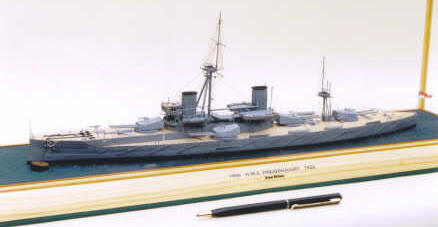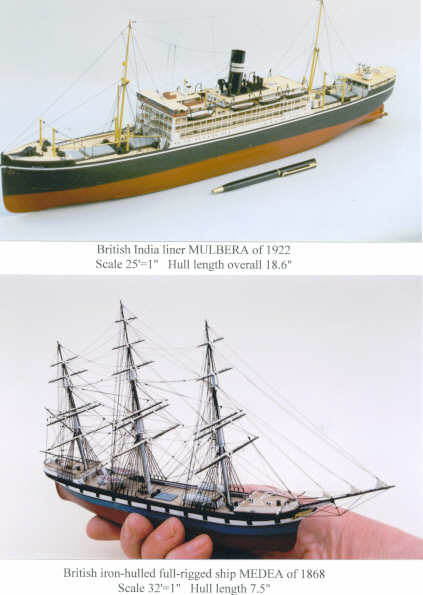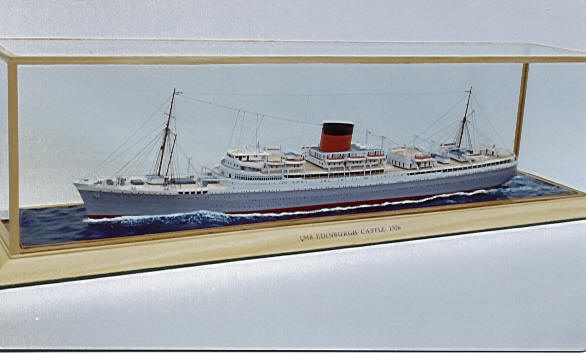|
MINIATURE SCRATCH BUILDING by Bob Wilson |
|
|
|
My chosen scale proved very inconvenient to me as I was at sea at the time and had to carry all my materials and tools with me. Anything I built during voyages between four and six months duration had to be carried home at the end of the voyage. Even a model of a relatively small ship with a hull length of a couple of hundred feet would give a model length of 25 inches at 8'=1". This may not sound much, but when it was a sailing ship there were the delicate masts and spars to consider as well as all the other luggage that I had to deal with. Eventually, I chanced upon a collection of miniature models by Donald McNarry on display in the local history museum, Durban, South Africa. These opened my eyes to miniatures and it became immediately obvious that detailed models could be built at very small scales! I contacted Mr. McNarry and was informed that he had written a small book entitled SHIPBUILDING IN MINIATURE. This book can still be obtained in the U.K. via local libraries, or by searching www.bookfinder.com on the web. Once I had the book, I never looked back! The advantages of miniatures were tremendous. Not many tools were required. Materials also were minimal and cost virtually nothing. Furthermore, at the end of a voyage, I could fit a miniature into a suitcase without too much trouble. Another important point was the fact that they could be built much quicker than larger scales and there was no heavy work whatsoever. The two examples are of the steamship MULBERA of 1922 and the full-rigged ship MEDEA of 1868. The hulls are made bread-and-butter fashion from sheets of obeche. The decks are finely scored marine plywood of the type which is stocked in most model shops. Deck rails are of fine tinned copper wire soldered in every joint and spray painted. All the masts, spars and booms are made from either fine brass tubing or solid copper or even steel rod. The rigging, including ratlines, is made entirely from copper wire. Use was also made of Plasticard sheet in both models and the side stanchions on the accommodation of the MULBERA were etched from 2 thou' brass shim. The techniques mentioned may sound rather daunting, but they are not once you know how it is done. For anyone contemplating going into this fascinating field of ship modelling, I would recommend that they initially borrow the above-mentioned book from a library and try a few of the techniques out. It is surprising what can be achieved in a short time.
|
|
Above is the British battleship DREADNOUGHT of 1906. I seldom do warships, in fact it is only the second one I have ever attempted. It was very interesting, but I got a bit bored by the drab greyness of it towards the end, but I am very happy with it. Made it from the book The Battleship Dreadnought (Anatomy of Ship series). Currently working on 16 inch-long American oil tanker GULFBIRD of 1928.
Twenty-four more of
Bob's models can be seen in
the "models" section of ... |
|
|


